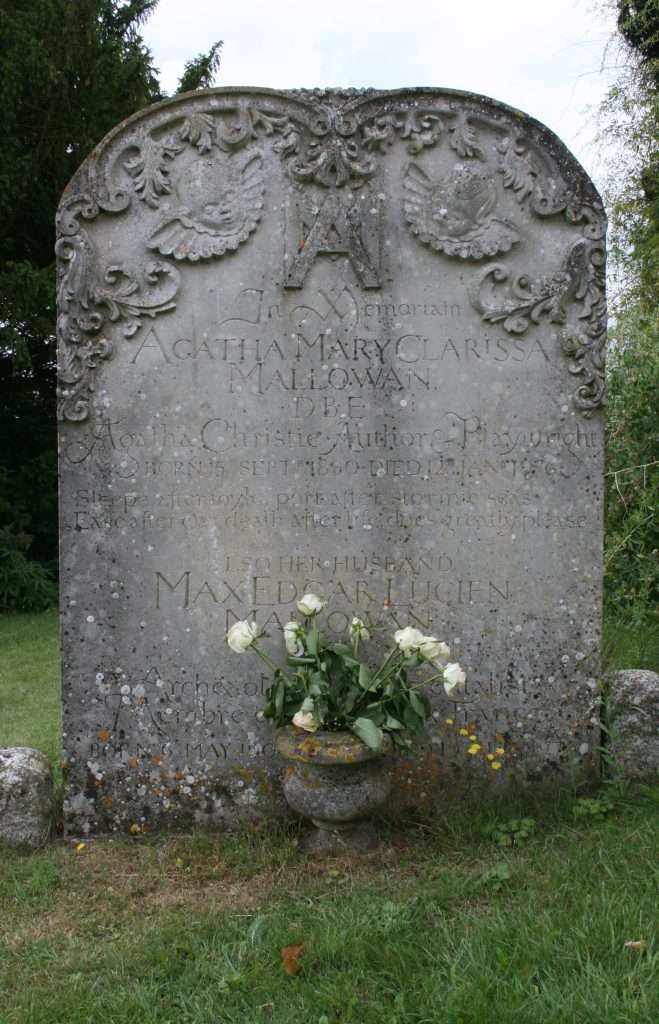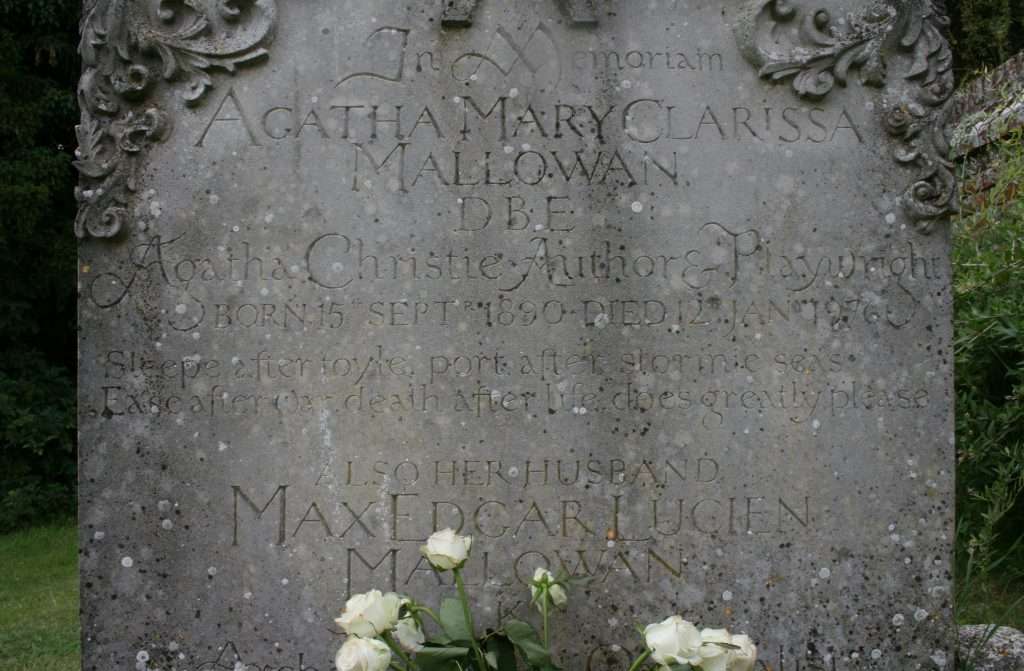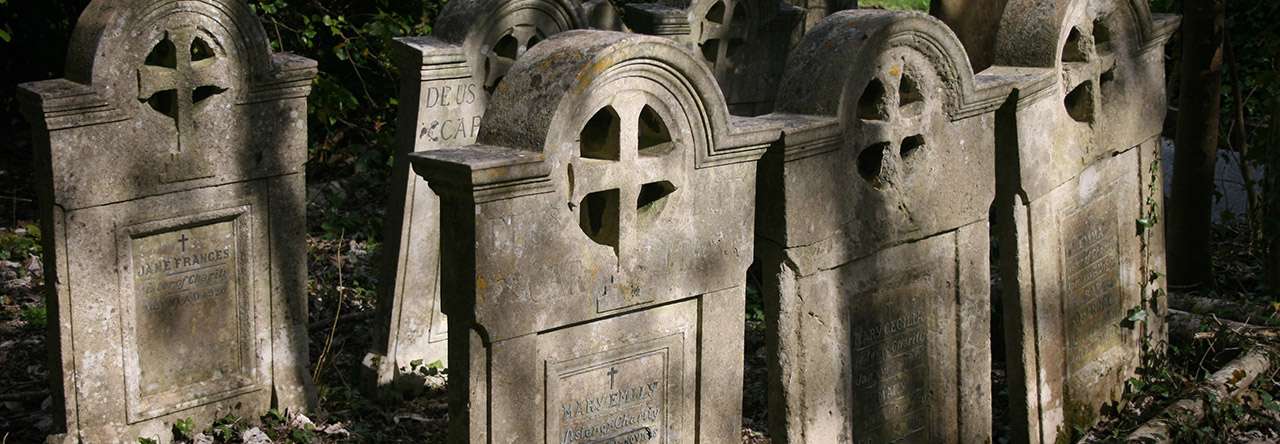The Mousetrap and I are of an age. Its first performance took place in Nottingham in October 1952, and after a short provincial tour it transferred to the West End stage the following month. It played at the Ambassador’s Theatre until March 1974 when it moved seamlessly to the larger St. Martin’s next door. WGR Sprague designed the two theatres as a pair, with The Ambassador’s opening night taking place in 1913, but that of St. Martin’s delayed by the First World War. These old fashioned, West End theatres with their plush seating, velvet curtains and polished wood fittings have always provided the perfect backdrop for Agatha Christie’s murder mystery.
Unlike the Windmill theatre, where the legendary Windmill Girls continued to perform their tableaux vivants throughout the Second World War, even at the height of the Blitz, St. Martin’s is not able to claim that “We never closed.” Covid regulations barred its opening from March 2020, but fittingly it was the first major West End theatre to reopen its doors in May 2021. For, as long ago as 1957, The Mousetrap had already become the longest running straight play in the West End. Since then, it has garnered further laurels: in 1958 it became the longest running theatrical production of any kind in the West End, outstripping the previous five-year record held by Chu Chin Chow, and celebrating with a party at the Savoy. Now the world’s longest running show, it easily eclipses even the protracted runs of the popular musicals of the late twentieth and early twenty-first centuries. On Broadway, Phantom of the Opera ran for thirty-five years, Chicago for twenty-six, and Cats for a mere eighteen, while in London Les Misérables managed thirty-seven years, and Phantom thirty-six. But The Mousetrap is now a septuagenarian, boasting over 29,000 performances, a wooden sign board at the entrance to the theatre updating the tally after every production.
Contemporaneous with the time it was written, Christie’s play is now in part a nostalgic period piece. Set at a time when rationing, poor food, coal fires, draughts, the wireless, and ugly furniture were still commonplace, the action takes place in the Monkswell Manor Guest House, a former country house, cut off from the outside world by snow.
Along the way the play has acquired its own traditions and treasured artefacts. The clock in the hall is the one remaining original prop from 1952 and has ticked above the fireplace for seventy years. The radio news bulletin is an original recording by the late Deryck Guyler, who holds the unique position of being the only person to have “acted” in every performance. Now the rest of the cast changes annually around the November date of the play’s inception on the London stage. At the end of each performance a member of the cast issues an appeal to the audience not to spoil the experience for others: “Now you have seen The Mousetrap you are our partners in crime, and we ask you to preserve the tradition by keeping the secret of whodunit locked in your hearts.” (Shame on you Wikipedia for revealing the identity of the killer.)
Over the years The Mousetrap has become part of London’s heritage. On the night of Agatha Christie’s death in January 1976 the lights were dimmed while the cast and audience stood to honour the author. No less august an organ than the Financial Times trumpets the play’s success: “The Mousetrap is to the West End Theatre what ravens are to the Tower of London. Its disappearance could impoverish us.”
I became a fan of Agatha Christie’s murder mysteries upon my graduation from the Children’s Library to Adult Fiction (an innocent term in the Chester library of the early 60s). I achieved this move only after much pestering of the librarian when I had exhausted the contents of the juvenile shelves. But my early acquaintance with the adult library was daunting, its volumes heavy, solid, and unwelcoming, long books with small print. I was steeled for an ignominious return to the adventures of Sue Barton, District Nurse, and the exploits of the Girls at the Chalet School, when I discovered Agatha Christie’s novels, and I was hooked. Hercules Poirot and Jane Marple opened a new genre of writing to me, with the added advantage that I never remembered whodunit, so could happily revisit, losing myself in the faux refined world of St. Mary Mead or travelling with Poirot to exotic destinations on the Orient Express.
Despite my early immersion in the novels, as the scope of my reading expanded elsewhere, I remained unfamiliar with Christie’s plays. Then The Mousetrap and I turned twenty-one, which seemed an appropriate time to connect, and I saw the play during its last year at The Ambassador’s. Already it was looking quaint as England had changed much during those twenty-one years. When we both reached another milestone at forty, I saw it again and the passage of time seemed shorter, for the world had changed less and the distance between the action on the stage and real life seemed no more marked than it had been twenty years earlier.
Now in its seventieth year, and with no sign of its popularity abating, The Mousetrap is engaged in a 70th Anniversary Tour around seventy provincial theatres, beginning in Nottingham. Later this year it will open on Broadway; the famous clock, it is rumoured, will go with it. Will I go to New York to celebrate this most recent anniversary? Probably not, but I may catch it in one of the provincial theatres.
Meanwhile I dropped in on The Queen of Crime herself. She is buried in the churchyard of St. Mary’s, Cholsey, near Wallingford in Oxfordshire, where she and her second husband, the archaeologist Max Mallowan, lived for 40 years. A large ornate stone features a pair of puti, in danger of being throttled by their frilly ruffs, Agatha’s overlaid initials, and, in ornate script, a quotation from Edmund Spenser’s The Faerie Queen:
“Sleepe after toyle, port after stormie seas
Ease after war, death after life does greatly please.”
Edmund Spenser


